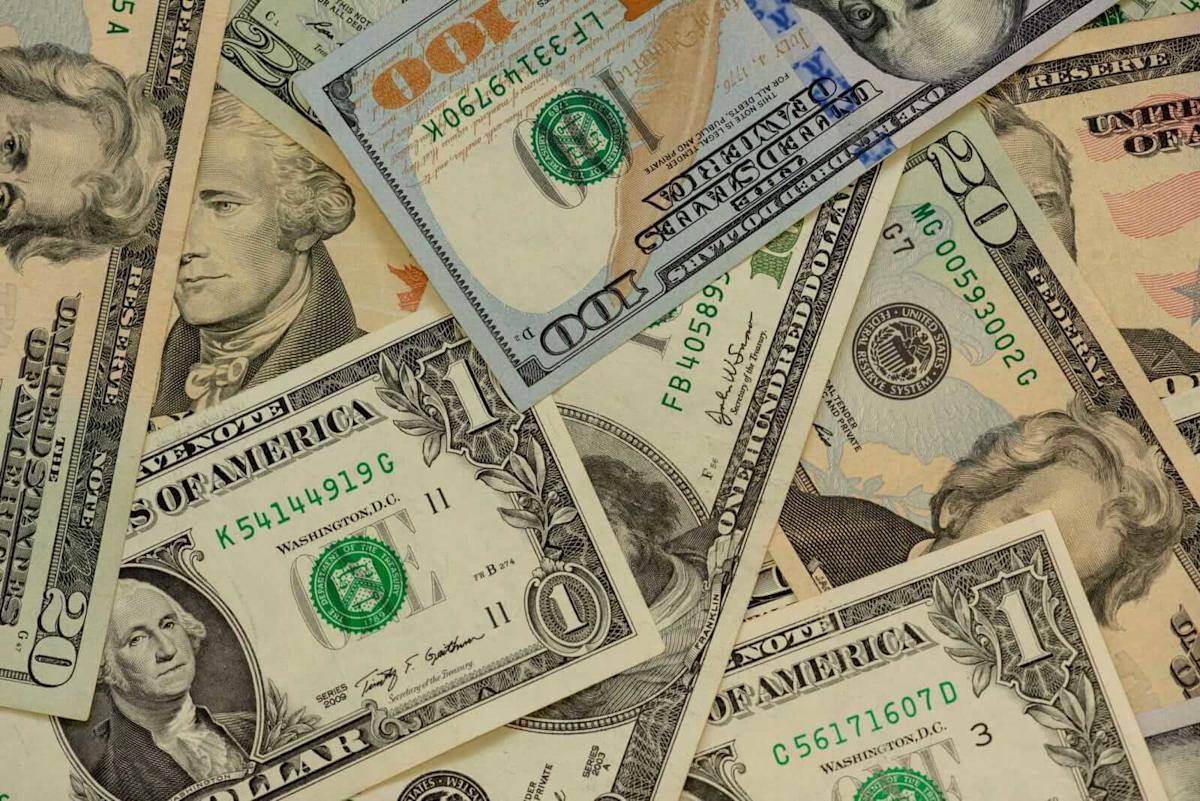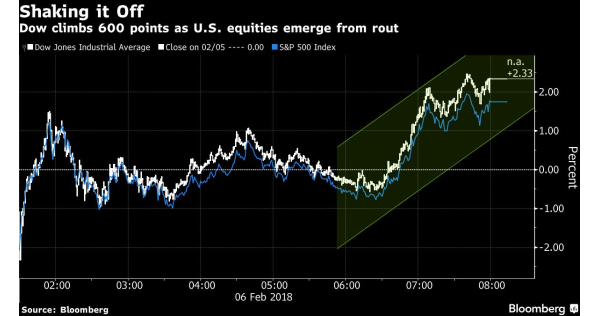The dollar index (DXY00) declined by 0.37% today, reaching its lowest level in a week. This drop was largely influenced by hawkish remarks from European Central Bank (ECB) Governing Council member Holzmann, who stated that the ECB sees no need to further cut interest rates. His comments propelled the euro against the dollar, pushing EUR/USD to a one-week high and putting downward pressure on the dollar.
Fed Rate Cut Expectations Weigh on the Dollar
Adding to the dollar’s weakness are growing market expectations for a Federal Reserve rate cut. Recent U.S. economic data, including weaker-than-expected payroll and Purchasing Managers’ Index (PMI) reports, have fueled speculation that the Fed may ease monetary policy soon. Minneapolis Fed President Neel Kashkari reinforced this view by suggesting that lowering the federal funds rate could be appropriate in the near term, citing signs of economic slowdown.
“The economy is slowing and in the near term it may become appropriate to start adjusting the federal funds rate lower,” Kashkari said.
His comments contributed to the dollar’s slide to its lowest levels today, reflecting increased investor anticipation of easing by the Fed.
Concerns Over Fed Credibility and Leadership Changes
Market confidence in the Fed has also been shaken by recent developments in its leadership. Fed Governor Adriana Kugler’s resignation last Friday has sparked speculation that President Trump might nominate a more dovish replacement. Such a move could potentially dilute the influence of Fed Chair Jerome Powell, further fueling uncertainty about the central bank’s future policy direction and adding pressure on the dollar.
Trade Tensions and Tariff Announcements Impact Market Sentiment
Trade policy remains a significant factor influencing currency markets. President Trump announced plans to impose new tariffs on semiconductor and pharmaceutical imports within the coming week. Additionally, he declared a substantial increase in tariffs on imports from India, raising the rate from 25% due to India’s purchases of Russian oil.
Last Thursday, tariffs on certain Canadian goods were raised from 25% to 35%, alongside the introduction of a 10% global minimum tariff. Countries with trade surpluses with the U.S. will face tariffs of 15% or higher, effective after midnight on August 7.
According to Bloomberg Economics, if these tariff increases are implemented as planned, the average U.S. tariff rate will rise to 15.2%, up from 13.3% and significantly higher than the 2.3% level before the tariff announcements in 2024.
Dollar Movement Reflects Complex Economic and Policy Dynamics
Despite the dollar’s recent decline, its movement remains sensitive to shifts in bond yields and economic data releases. The interplay between hawkish ECB signals, dovish Fed expectations, and escalating trade tensions creates a complex backdrop for currency markets. Investors continue to monitor these factors closely as they assess the dollar’s trajectory in the weeks ahead.




